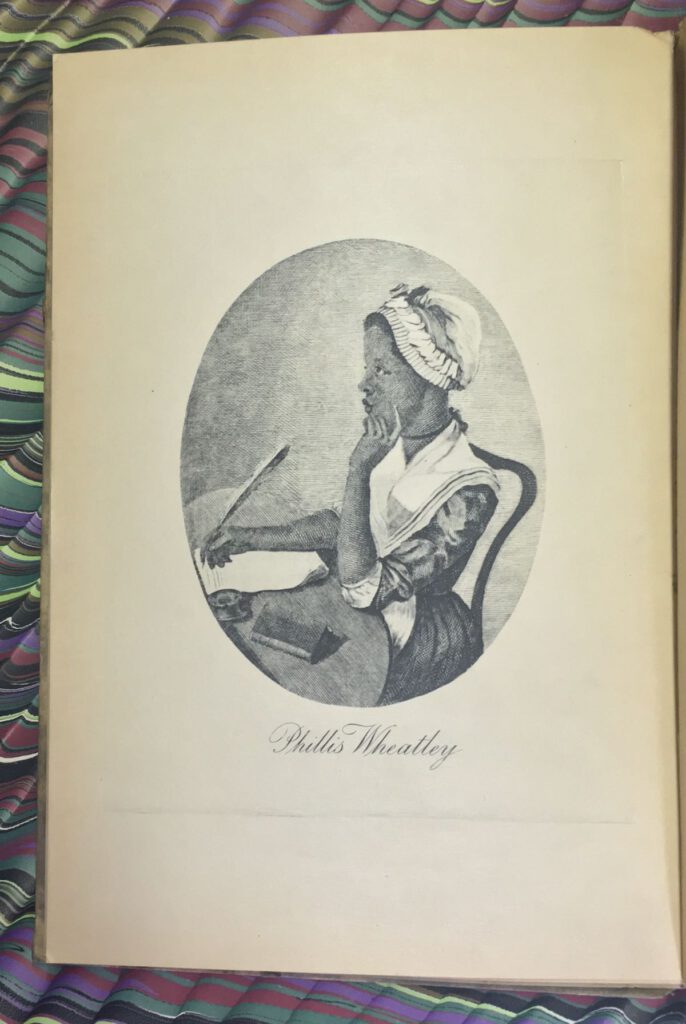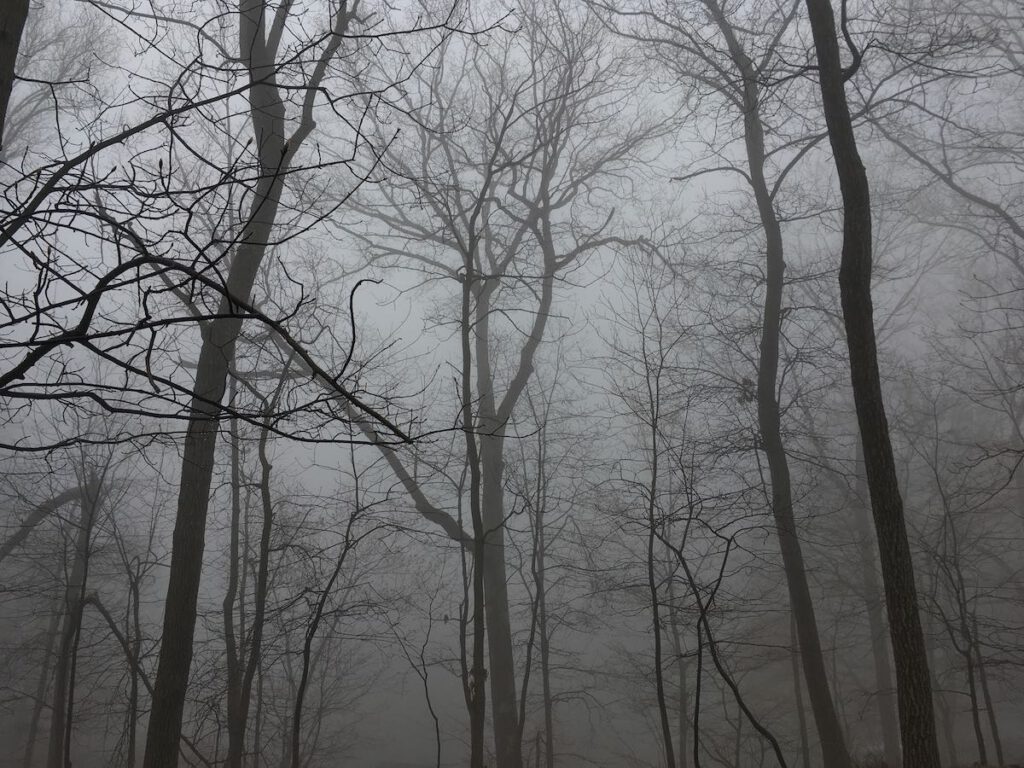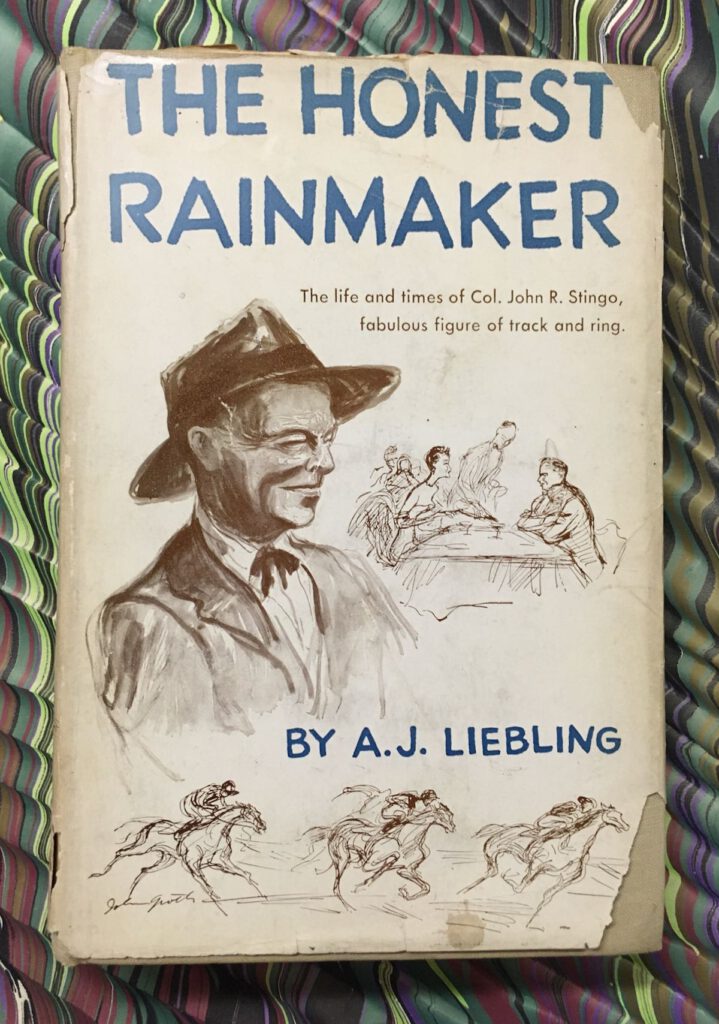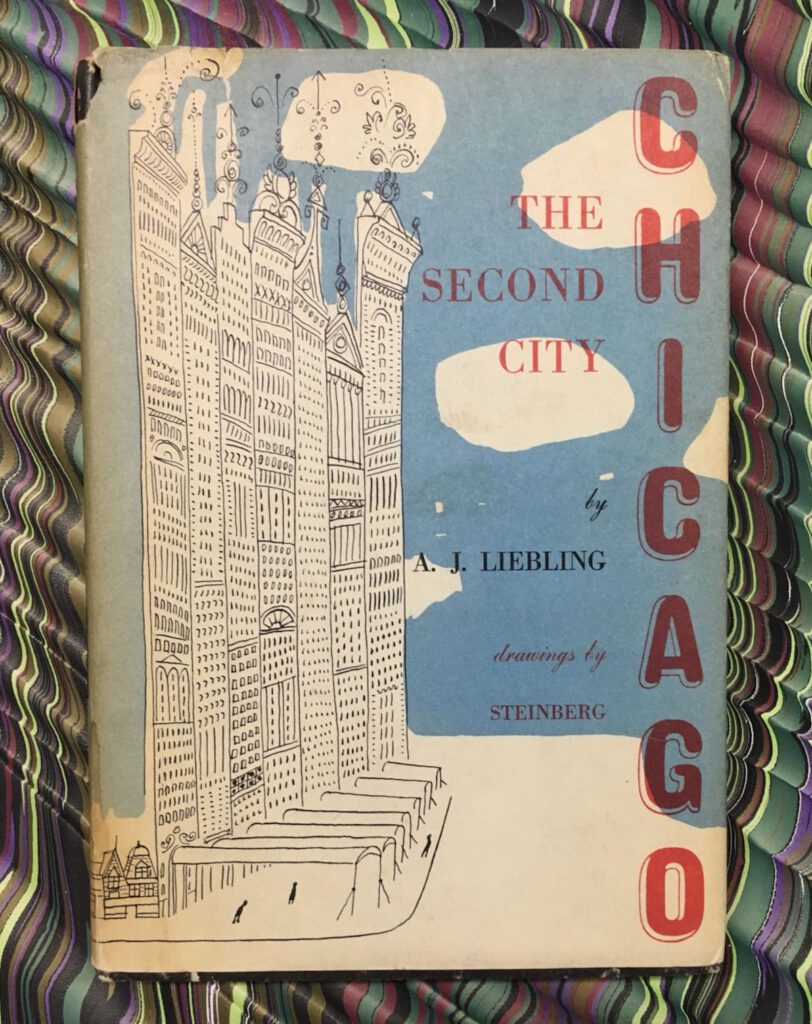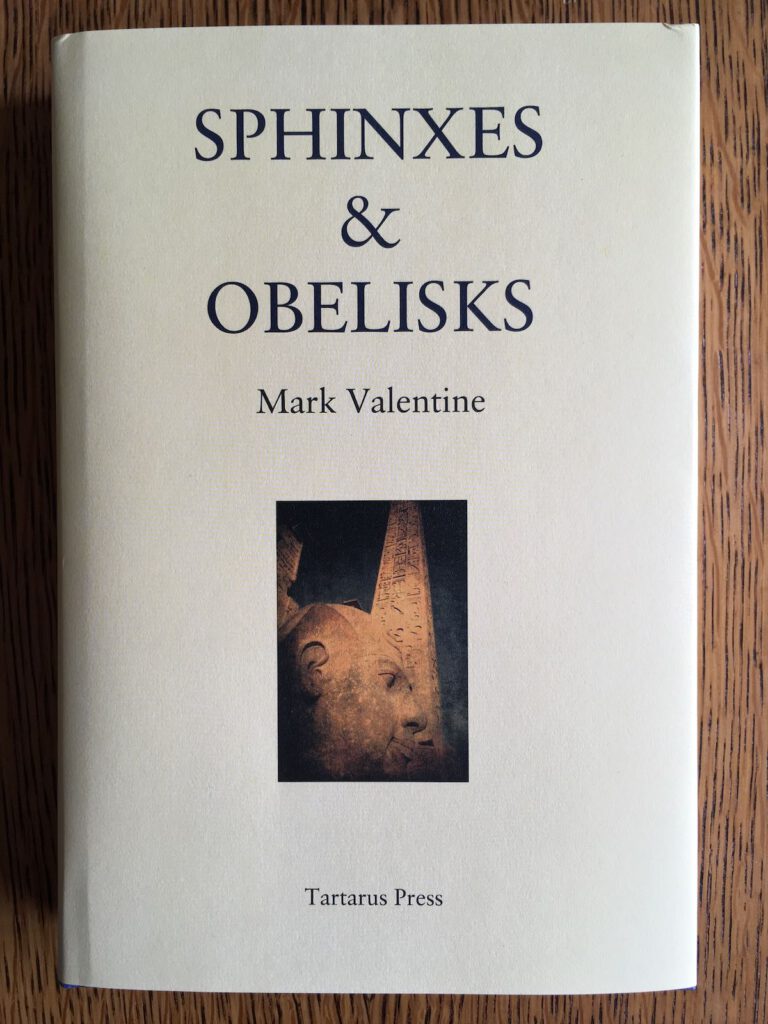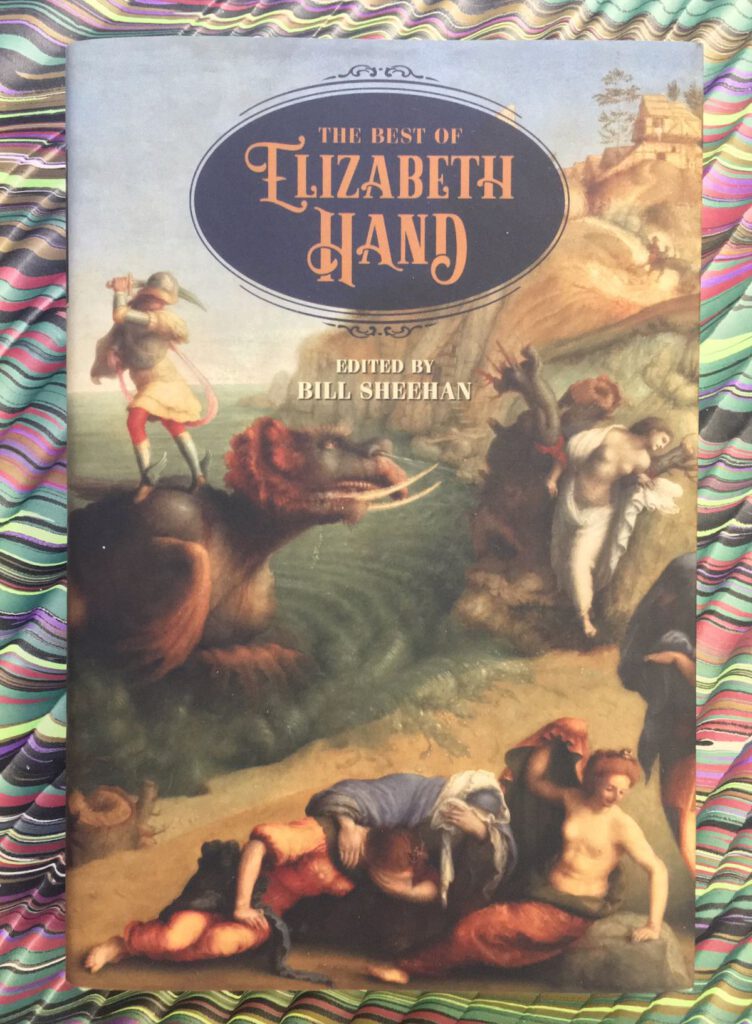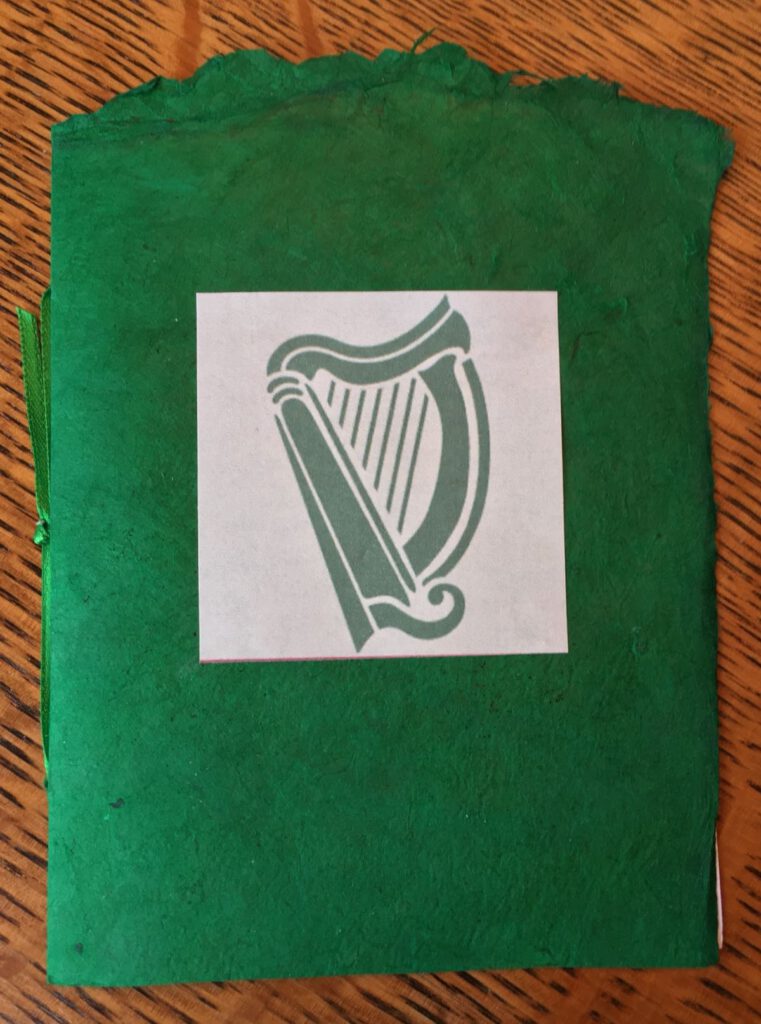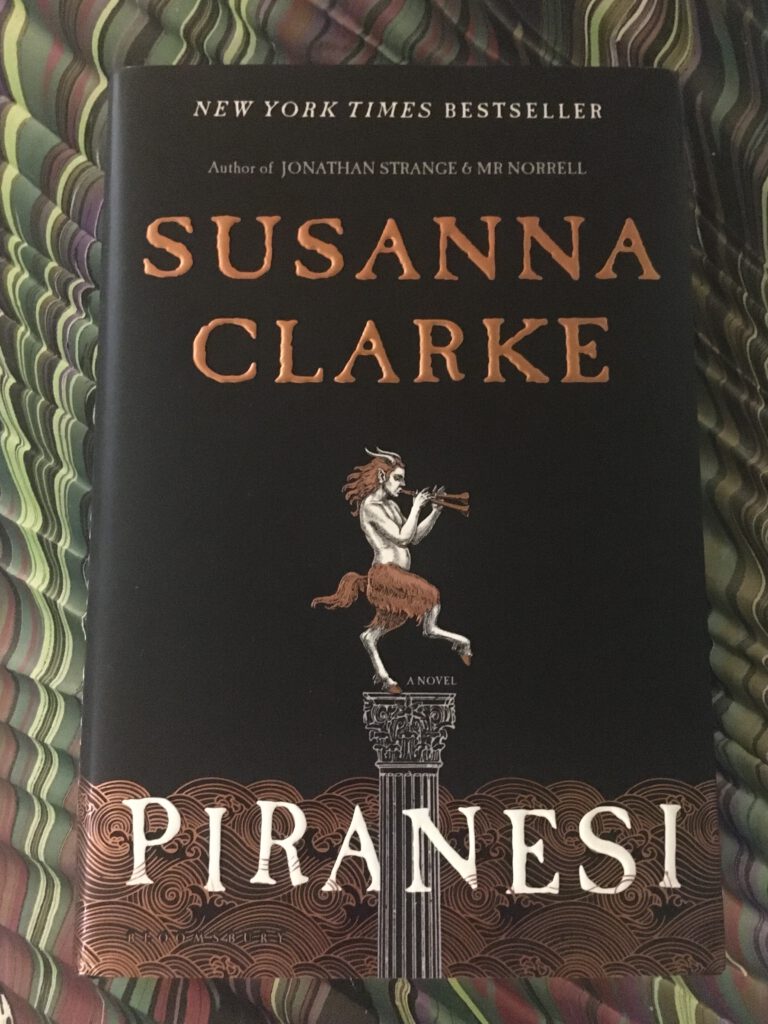
— Michael Swanwick. The Lonely and the Rum. A Conversation between Greer Gilman and Michael Swanwick. Dragonstairs, 2021. (Edition of 125 copies).
——. Five Rings. Dragonstairs, 2021. (Edition of 32 copies).
——. The Thousand Year Old Fan Reminisces about His Youth. Dragonstairs, 2021. (Edition of 5 copies).
— — —
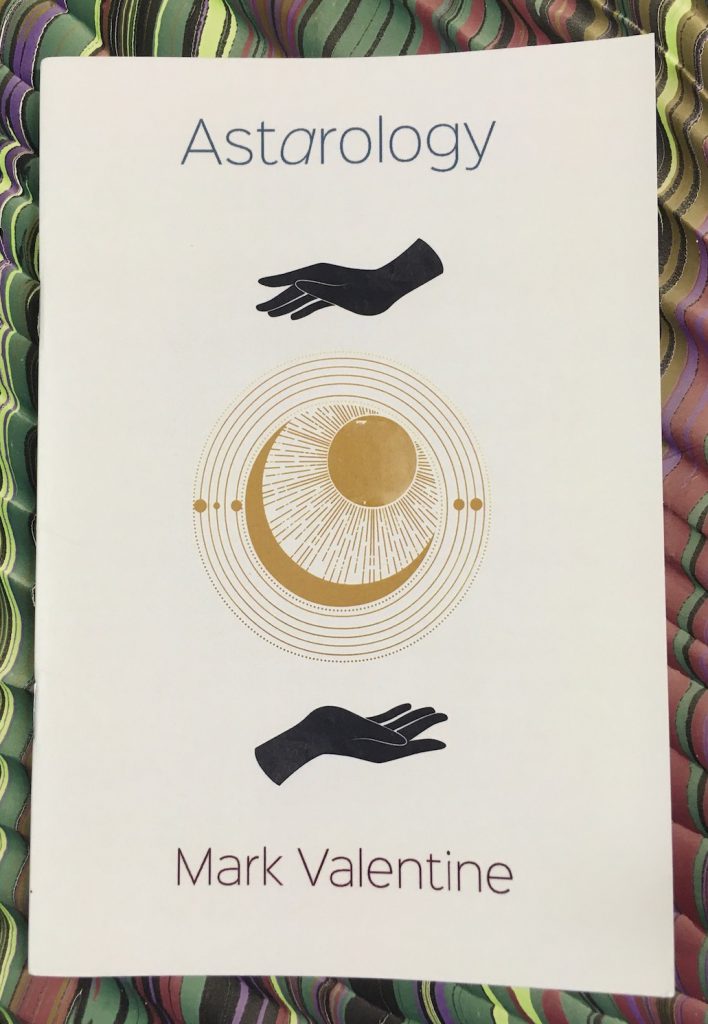
we might find our selves
in some place we did not know
— Mark Valentine. Astarology. Salo Press, [2021]. Flirtation no. 14.
Collection of verse and found poetry.
— — —
— John Le Carré. The Constant Gardener. A Novel. Scribner, [2001].
Intense book, and reading it now evokes such a sense of the world before . . . [from the Camden Public Library book sale tent].
— Mark Samuels. The White Hands and Other Weird Tales. Tartarus, 2003.
— L. P. Hartley. The Collected Macabre Stories. [Edited and with an introduction by Mark Valentine]. Tartarus. 2001.
— I. U. Tarchetti. Fantastic Tales. Edited and translated by Lawrence Venuti. Original illustrations by Jim Pearson. Mercury House, [1992].
— [John W. Wall]. Ringstones and Other Curious Tales by “Sarban”. Peter Davies, [1951].
— John Burke. We’ve Been Waiting for You and Other Tales of Unease. Introduction by Nicholas Royle. Ash-Tree Press, 2000.
— Richard Grant. Another Green World. Knopf, 2006.
Dark, dark, dark green. A fabulous cosmopolitan novel of the interwar years and the descent into the maelstrom of the second world war.
— Emma Tennant. Two Women of London. The Strange Case of Ms Jekyll and Mrs Hyde. Faber and Faber, [1989].
——. The Bad Sister. A Novel. Gollancz, 1978. Excellent, dark book with resonances of Hogg’s Confessions of a Justified Sinner.
——The Last of the Country House Murders. Jonathan Cape, {1974].
Tennant’s books comprise an astute feminist critique of the British class system, with pitch perfect observation of the modes of speech and the assumptions prevalent among the caste into which she was born and whose primacy the novels reject. She plays nimbly with literary model and precedent, even in the near future dystopian pastiche detective story, The Last of the Country House Murders. Is she taking an axe to the furniture or chopping new path through the woods?
— H. R. Wakefield. They Return at Evening. A Book of Ghost Stories [1928]. Ash-Tree Press, 1995.
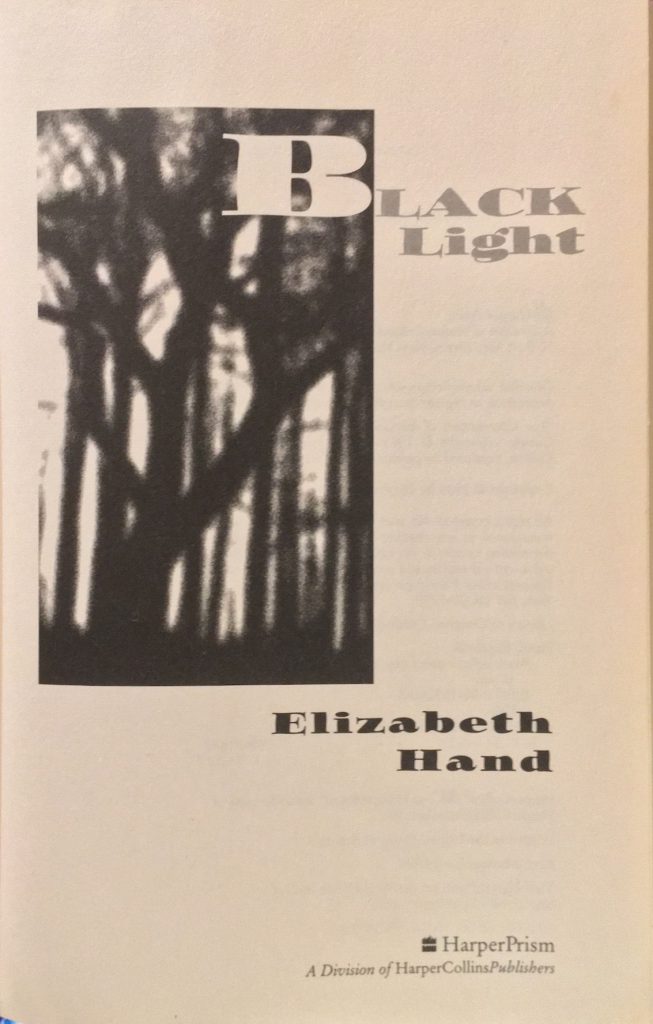
— Elizabeth Hand. Black Light. Harper Prism, [1999].
High school and the psychogeography of Kamensic.
— — —
— Ian McEwan. My Purple Scented Novel. Vintage, [2018].
— Ithell Colquhoun. The Living Stones [1957]. Cornwall. With a foreword by Stewart Lee. Peter Davies, [2020 reprint].
— Margery Allingham. The White Cottage Mystery [1927]. Bloomsbury Reader, [2016; 6th ptg]. Melodrama.
——. Sweet Danger [1933]. Penguin, [1963]. How Campion met Amanda, with a Ruritanian meander.
——. Police at the Funeral [1931]. Macfadden, [1967]. Your family is not as dysfunctional as this one.
——. Flowers for the Judge [1936]. Heinemann, [1967].
——. Coroner’s Pidgin [1945]. Heinemann, [1965]. The world was different, once.
— Max Beerbohm. Seven Men [1919]. Introduction by Joh Updike. NYRB Classics pbk.
Enoch Soames, ‘Savonarola’ Brown, et al.





